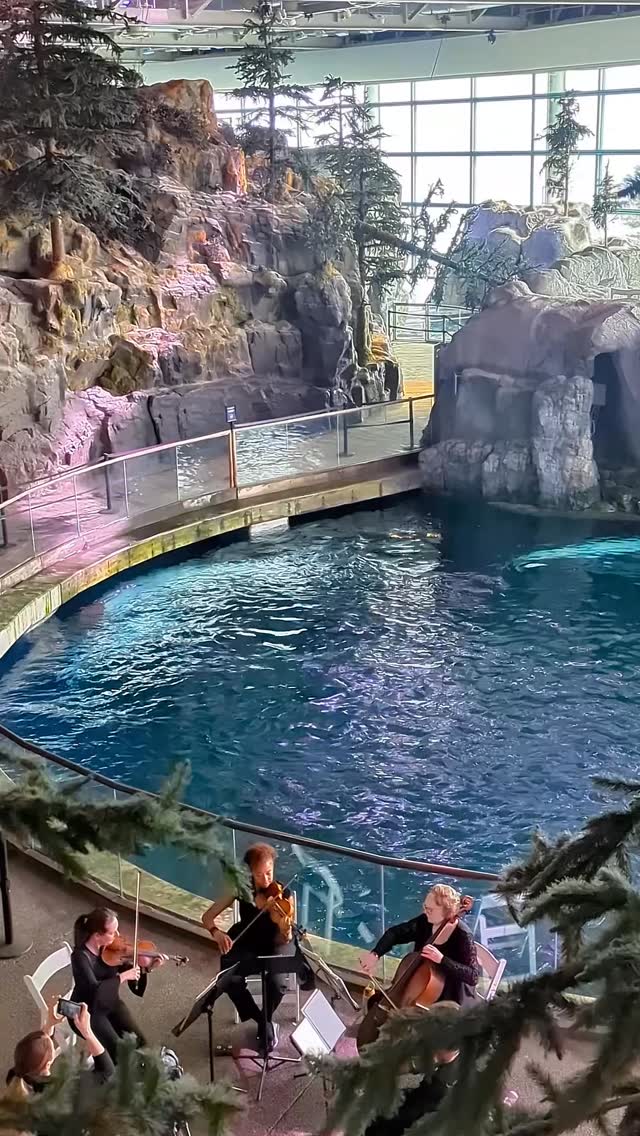- Exploration of animal communication through sound, featuring clicks, whistles, and strings.
- Integration of nature and music, illustrating how diverse sounds compose symphonies of the natural world.
- The role of acoustic ecology in wildlife conservation and management.
- Innovative technologies and methodologies in studying animal sounds and what they reveal about behavior.
- Conservation efforts to preserve acoustic habitats and their significance in biodiversity.
In the realm of nature, sounds come alive, painting a vivid picture of vibrant ecosystems. From the clicks and whistles of marine life to the serene strings of symphonic earth, this sonic tapestry is an invitation to explore profound connections between music and nature, offering a novel auditory experience.
Animal communication is a fascinating frontier, rich with examples of sophisticated sound production. Whales, for instance, employ a language of clicks and whistles. These vocalizations serve purposes ranging from navigation to courtship and social bonding. Whale songs are not random. They are complex compositions, likened to a symphony, with themes that shift over time and vary across populations. Scientists have decoded these sequences to uncover insights into the social structures and migratory patterns of these majestic creatures.
Birds, on the other hand, use strings of musical notes that create melodies. Each species possesses a signature tune, used to attract mates and delineate territory. The beauty of bird song lies not only in its variety but also in its efficiency. Birds communicate efficiently through patterns that convey detailed messages, an impressive feat considering their small size.
The integration of natural sounds with human music is more than a creative endeavor. It highlights the acoustic connections we share with wildlife. From the rhythm of a woodpecker’s drumming to the haunting howl of wolves echoing through the forests, these sounds resonate across musical compositions, inspiring artists to blend them into their works. This interaction serves as a reminder of our interconnectedness with the environment and fosters greater appreciation for the soundscapes that influence both nature and humanity.
Acoustic ecology, the study of these natural soundscapes, has gained momentum as a vital component of wildlife conservation. Monitoring ecosystems through sound records changes in biodiversity and the impact of human activities. For example, increased noise pollution from ships disrupts whale communication, affecting their ability to locate mates and prey. Conservationists use sound as a tool to assess these impacts and implement strategies to mitigate them.
To capture these sounds, researchers employ cutting-edge technology. Hydrophones, deployed in oceans, record marine life, while bioacoustic monitors track bird migrations and behavior. Analyzing these recordings reveals patterns and trends that inform conservation strategies, aiding efforts to preserve endangered species and habitats. Moreover, artificial intelligence plays an increasing role in processing vast audio datasets, providing more accurate and efficient insights into animal behavior.
Recognizing the importance of preserving acoustic habitats is crucial. These environments not only provide essential communication channels but also contribute to the health of entire ecosystems. Efforts to reduce noise pollution, such as creating quiet zones in marine environments and regulating industrial noise, are essential in maintaining these sanctuaries of sound.
This exploration of clicks, whistles, and strings in the natural world demonstrates the profound relationship between sound and life, offering insights into the behaviors and interactions of wildlife while emphasizing the importance of conserving these acoustic landscapes. By listening closely, we gain a deeper understanding and respect for the symphonies of nature, driving efforts to preserve the rich biodiversity of our planet.
*****
Source Description
Just when you thought you heard it all… 🐋 🎻
From clicks to whistles to strings and symphonies, music and nature invites us to listen and explore in a whole new way.
Watch now and hit the link in bio to explore the full story.


